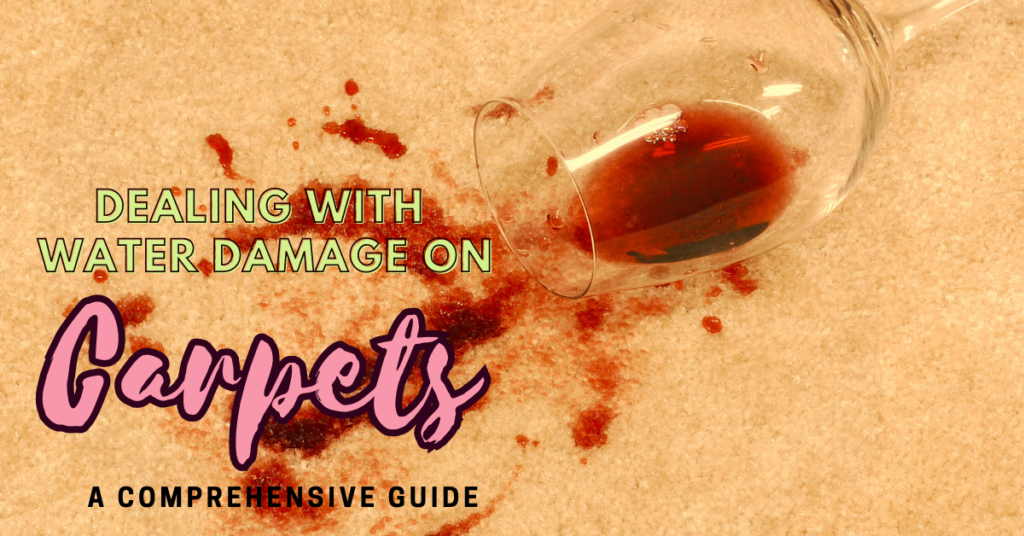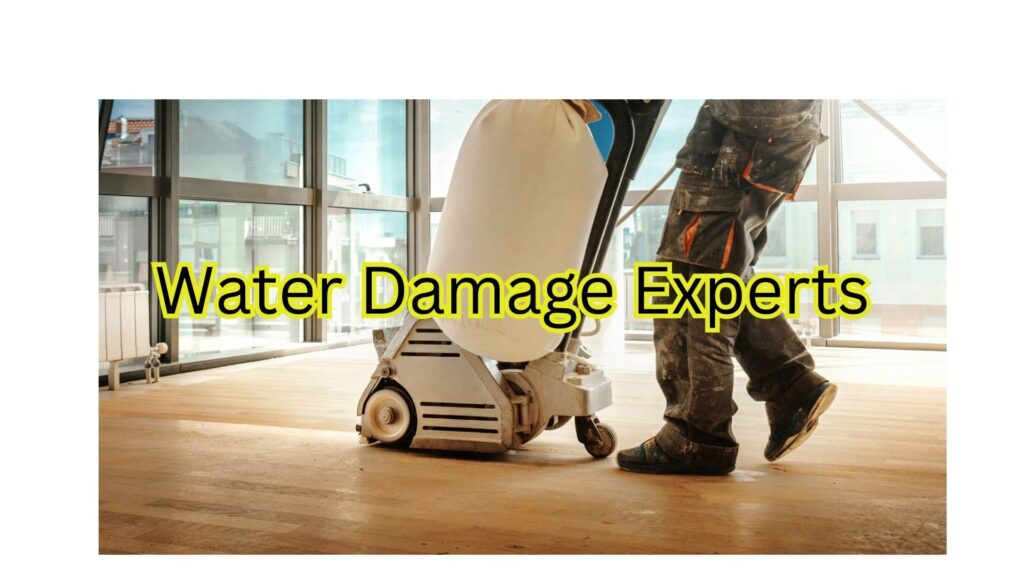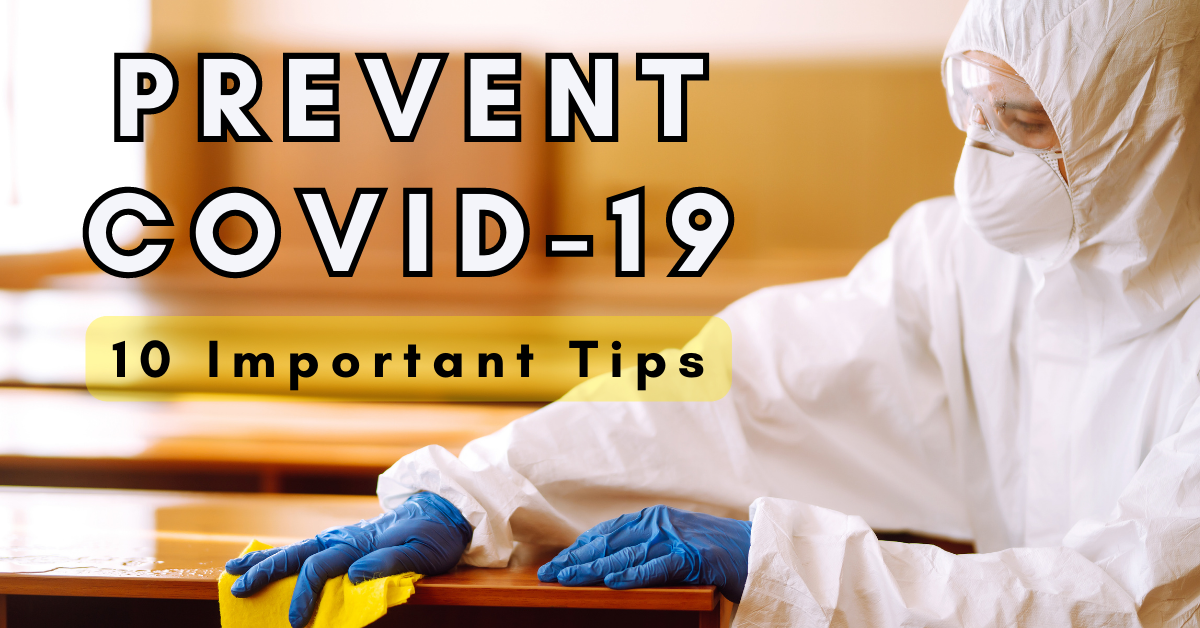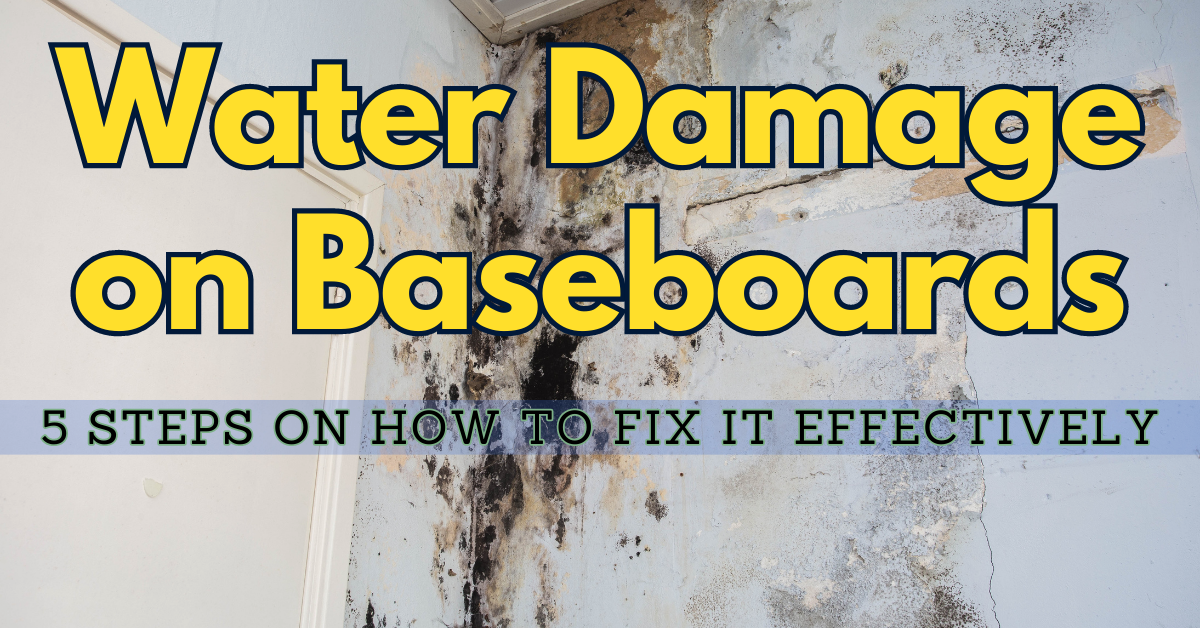
Water damage on carpets can be a nightmare for both homeowners and business owners alike. Whether it’s due to a burst pipe, a leaky roof, or flooding from a natural disaster, water damage can quickly ruin carpets and create health risks if not addressed promptly and properly. In this comprehensive guide, we will cover the wet and dry process, water extraction, carpet cleaning, and restoration techniques to effectively deal with water damage on carpets.
Understanding the Types of Water Damage
Water damage on carpets can be categorized into three types: clean water, grey water, and black water. Clean water damage occurs when the water comes from a clean source, such as a burst pipe or a leaking faucet. Greywater damage refers to water that may contain contaminants, such as from washing machines or dishwashers. Black water damage is the most severe and hazardous, as it involves water from sewage backups or natural disasters like floods, which may contain harmful bacteria, viruses, and other contaminants.
Identifying the Source of the Flooding
The first step in dealing with water damage on carpets is to identify the source of the flooding and address it to prevent further damage. If the source of the water damage is a burst pipe or a leaky roof, it is crucial to shut off the water supply and repair the issue immediately. If the water damage is due to flooding from natural disasters or sewage backups, it is important to prioritize the safety of occupants and seek professional help for water extraction and restoration.
Assessing the Damage and Removing Standing Water
After addressing the source of the flooding, the next step is to assess the extent of the water damage on the carpets. If the water is clean and the carpets are only slightly wet, it may be possible to dry them using fans, dehumidifiers, and open windows for ventilation. However, if the carpets are saturated with water or the water is grey or black, it is crucial to seek professional assistance for water extraction and drying process to prevent further damage and health risks.
Removing and Cleaning the Carpet Padding
Carpet padding, which is the foam layer underneath the carpet, is particularly susceptible to water damage and can quickly become a breeding ground for mold and mildew. In many cases, it is necessary to remove and replace the carpet padding to ensure proper drying and prevent the growth of mold and mildew. Once the carpet padding has been removed, the subfloor should be thoroughly dried and disinfected before installing new padding and re-laying the carpet.
Cleaning and Drying the Carpet Fibers
Even if the carpets appear dry on the surface, the carpet fibers can still retain moisture, leading to mold and mildew growth. To prevent this, professional carpet cleaning and drying techniques should be employed. Steam cleaning or hot water extraction can effectively remove dirt, debris, and contaminants from the carpet fibers, while also helping to extract moisture. After cleaning, the carpets should be thoroughly dried using fans, dehumidifiers, and other specialized equipment to ensure they are completely dry before reinstallation.
Dealing with Contaminated Water and Health Risks
If the water damage on the carpets involves grey or black water, which may contain contaminants, it is essential to take appropriate precautions to protect yourself and others from health risks. Wearing protective clothing, gloves, and masks is recommended when handling contaminated water and damaged carpeting. It is also important to thoroughly disinfect and sanitize the affected area to eliminate any potential bacteria, viruses, or other harmful contaminants.
Preventing Mold and Mildew Growth
Water damage on carpets can lead to mold growth if left for more than 24 hours. Mold and mildew can quickly grow in damp and humid environments, such as carpets that have been affected by water damage. To prevent mold and mildew growth, it is crucial to thoroughly dry the carpets and ensure they are completely moisture-free before reinstallation. In addition to using fans, dehumidifiers, and other drying equipment, applying baking soda on the carpets can also help absorb moisture and prevent mold and mildew growth. Baking soda should be sprinkled on the carpets and left for a few hours before vacuuming it.
Considering Carpet Replacement
In some cases, water damage on carpets may be too severe to salvage, especially if the carpets have been saturated with contaminated water or have been left wet for an extended period of time. If the carpets have a strong odor, visible mold or mildew growth, or have been damaged beyond repair, it may be necessary to replace them to prevent further health risks and damage to the property. Professional carpet replacement may be required, and it is important to choose carpets that are water-resistant or have moisture-resistant padding to prevent future water damage.
Hiring Professional Water Damage Restoration Services for Water Damage on Carpets

Dealing with water damage on carpets can be a complex and challenging process, and it is often best to seek professional help from water damage restoration services like Superior Restoration. Our Certified professionals have the expertise, equipment, and experience to effectively extract water, dry carpets, clean and disinfect the affected area, and prevent mold and mildew growth. They can also identify and address the source of the flooding and provide recommendations for carpet repair or replacement. Call our 24/7 local office Water Damage Irvine, today!




